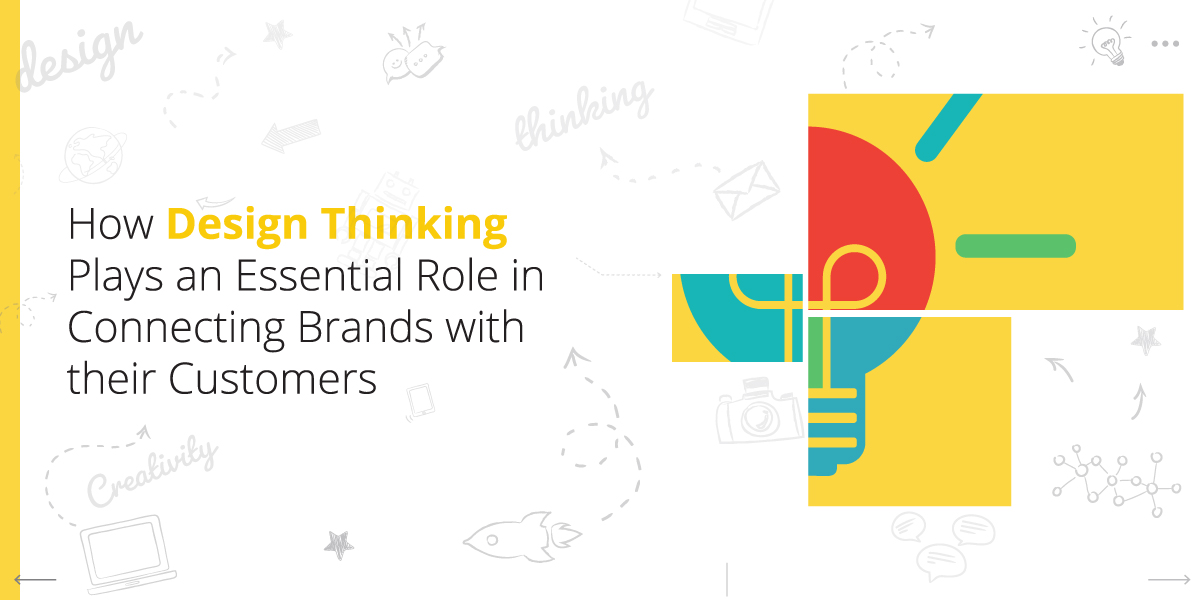
Adding the Design Heartbeat to Experience
In an era led by digitalization, the most successful of brands isolate to a common denominator – a dedication to design, or rather, design-led customer experiences. For these brands, design is a lot more than simply packaging. It’s not about the logos, the applications, or the campaigns, though it often does include those things; instead, it’s about creating compelling stories and design experiences. In the modern business world, design holds an important seat at the strategy table.
Making Design Customer-Centric
What makes digital customer experiences powerful is the opportunity they create for brands, an access to forge new, meaningful relationships with customers. It builds a foundation for something more personal, deeper, and better informed; in a way, it connects the brand to its customers. But there’s a challenge to it, and that is – doing it well.
What people somehow fail to realize is that customers expect more; they always do. They want to feel special, for brands to know and remember them. And in certain situations, they expect, or rather demand access to products, problem solving, and information 24/7. What’s more, they never want to wait. That’s what makes it necessary for good design to start and end with the customer. If you think about it, you would realize that design was never truly about creating something; it’s about what brands help customers achieve.
Additionally, with digital transformation, customers are now able to interface with brands via multiple touchpoints. It could be through one of the many social media channels, through the web, email, or even small videos. And in what appears to be an increasingly fragmented landscape, design plays an important role – in establishing an engaging, coherent, and consistent customer relationship.
There’s also the matter around interactivity, and how design enables its access to a brand’s business. The reason this stands as important is because of how customers have come to expect a two-way channel for communication; this might even include real-time feedback from the brand representatives. Design must therefore extend with greater detail, across both the business and the customer.
With an increasing shift towards data and information, there are companies that lean on researchers to identify customer needs. But the art directors, the designers, and the copywriters – they tap into the emotional need, and in turn hold the power to position a company to satisfy said need.
Designing for Pace. Scale. Efficiency.
Making design customer-centric may sound simple enough; but the reality of meeting and exceeding expectations against the ever-expanding range of touchpoints is nothing short of a herculean task, more so given the highly accessible world that we live in today. It’s a challenge of pace, yes, but also one of scale.
Brands operating on a global platform engage and build relationships in the hundreds of thousands; it takes a massive amount of content, data, and effort to engage with customers in such high volumes, and more to create personal and meaningful experiences across every stage of the customer journey. This forces effective designs to become efficient and engaging at the same time.
With the three factors – pace, scale, and efficiency, let’s take a look at what it takes to create such digital experiences:
- Research
Engaging customers require you to understand them; to manage that at scale, you need start with hard data and research. While it’s impossible to dissect each customer individually, it is possible for a brand to bucket customers based on an outlined persona. - Build Phenomenal Stories
Brands with good design transcend the appearance of the experiences they create. It’s always, always about the underlying stories. Good designs are clean and functional, great designs are intangible – they have rhythm, and emotion, with every little crevice infused with story. - Holding onto Creativity
With considerations around efficiency and speed, you may find the creativity to it all take a backseat. But creativity is mission critical; with an expanding ecosystem of touchpoints, it’s important for brands to project or anticipate future customer requirements. It’s essential to understand the experience first. Scale and efficiency balanced with creativity is key to creating excellent design.
Having said all of that, what do you think of the matter?




